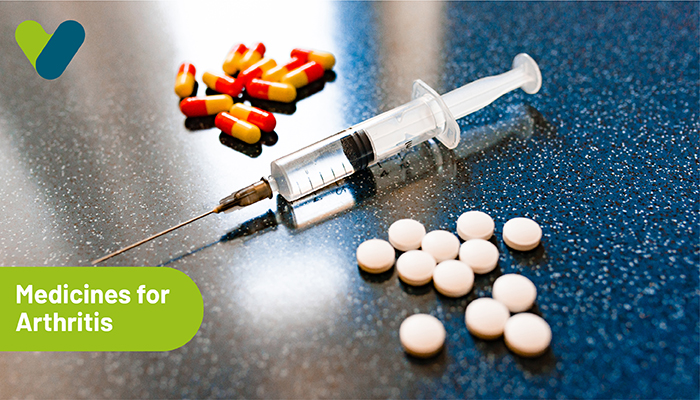Joint discomfort can impair joint function and impede a person's ability to do daily actions or tasks. Extreme joint pain can impair quality of life. Arthritis is the main cause of pain and disability, globally. Exercise, medicine, and stress reduction are common recommendations for relieving the discomfort of arthritis and associated illnesses. In addition to focusing on pain, treatment should also target the impacted activities and functions. Experts recommend the following lifestyle modifications to manage arthritis better:
Therapies Without Medication
Natural methods are the preferred alternative for arthritic pain relief. There are several advantages and no side-effects. You may require medicine, but it is still crucial to make improvements to your lifestyle.- Exercise & stretching: Exercises helps joint pain and stiffness. Exercises can be as effective as joint pain relievers, but you must do it consistently. Like other therapies, if you stop exercising, the advantages disappear. Your arthritis management programme should incorporate exercise to maintain a healthy heart and lungs. Walking, swimming, cycling, tai chi, and yoga are excellent low-impact exercises. Include resistance training to strengthen your muscles to support your joints. And maintain your flexibility by stretching. Check with your doctor or a physical therapist to ensure that you are following the appropriate exercise regimen.
- Balance your health: If you are overweight, losing weight will significantly improve your mobility. Weight loss significantly reduces joint tension, especially in the knees and hips. It also reduces pain and improves joint function. Arthritis pain can be reduced by half if you lose at least 20% of your body weight.
Joint pain medicine
If arthritis or osteoarthritis gives you pain, you do not need to bear it. Several drugs and other therapies can provide relief. Medicines may not eliminate your pain or cure you entirely, but they can alleviate the pain sufficiently for you to conduct your desired and necessary activities, live an active life and thrive.- Acetaminophen: Acetaminophen or paracetamol helps relieve mild to moderate arthritis pain. The medication reduces the perception of pain in the brain. It can relieve joint pain, but not joint inflammation.
- Analgesics: Topical therapies like ointments or gels that can be rubbed into the skin over the affected joint, may also be effective in reducing joint pain. Some of them are available over the counter, while others require a prescription from a physician. To alleviate pain, cream may be applied on the skin over a sore joint. You can use by itself or in conjunction with oral medications.
- Side Effects: Analgesics can cause stomach discomfort, dizziness, sleepiness, ringing in the ears, skin itching, constipation, and dry mouth.
- Counterirritants: Some lotions and ointments contain menthol or capsaicin, the component that gives hot peppers their fiery flavour. The transmission of pain signals from the joint itself may be impeded by rubbing these formulations on the skin over the affected joint.
- Steroids: Corticosteroid drugs decrease swelling and discomfort and delay joint degeneration. Injections or pills of corticosteroids may be administered to a sore joint.
- Side Effects: Side effects include bone loss, weight loss, and diabetes. Corticosteroids can lead to diabetes, weight gain, cataracts, thinning skin, glaucoma, and other conditions.
- Side-Effects: Most of the meds increase the risk of infection, though the degree of effects vary.
- Injections: Injections can relieve pain and decrease inflammation. A type of injection used to treat joint pain is steroid joint injections. Injections of corticosteroids are beneficial for reducing joint swelling, but their effects wear off over time. Steroid injections into the joint provide temporary relief from pain and inflammation.


